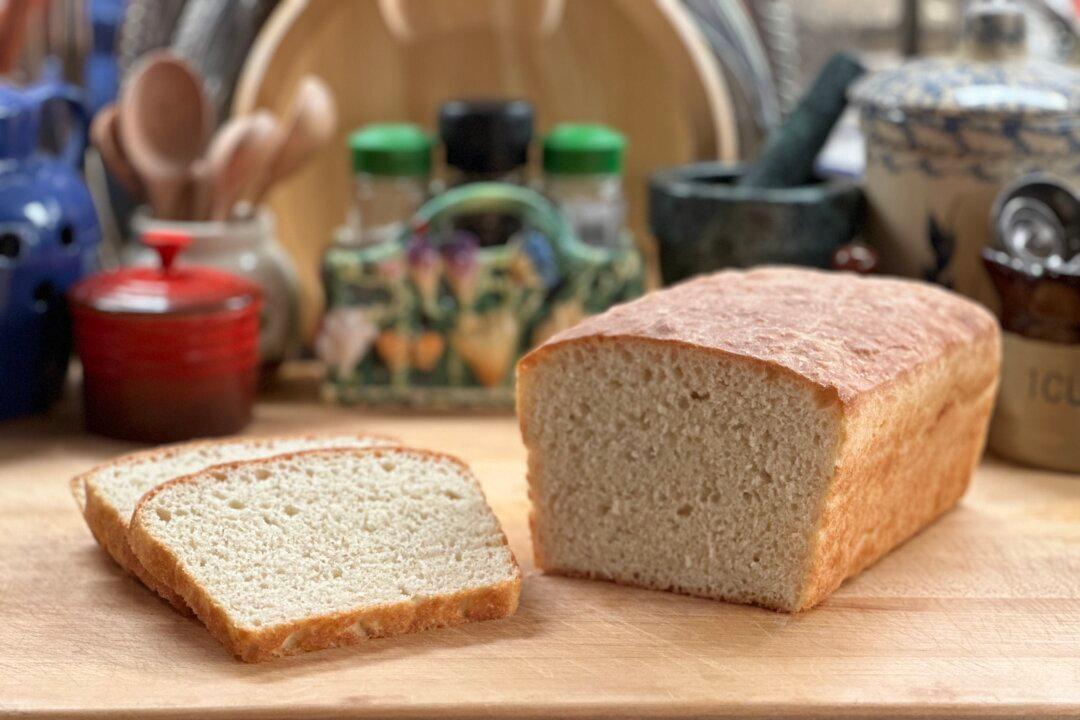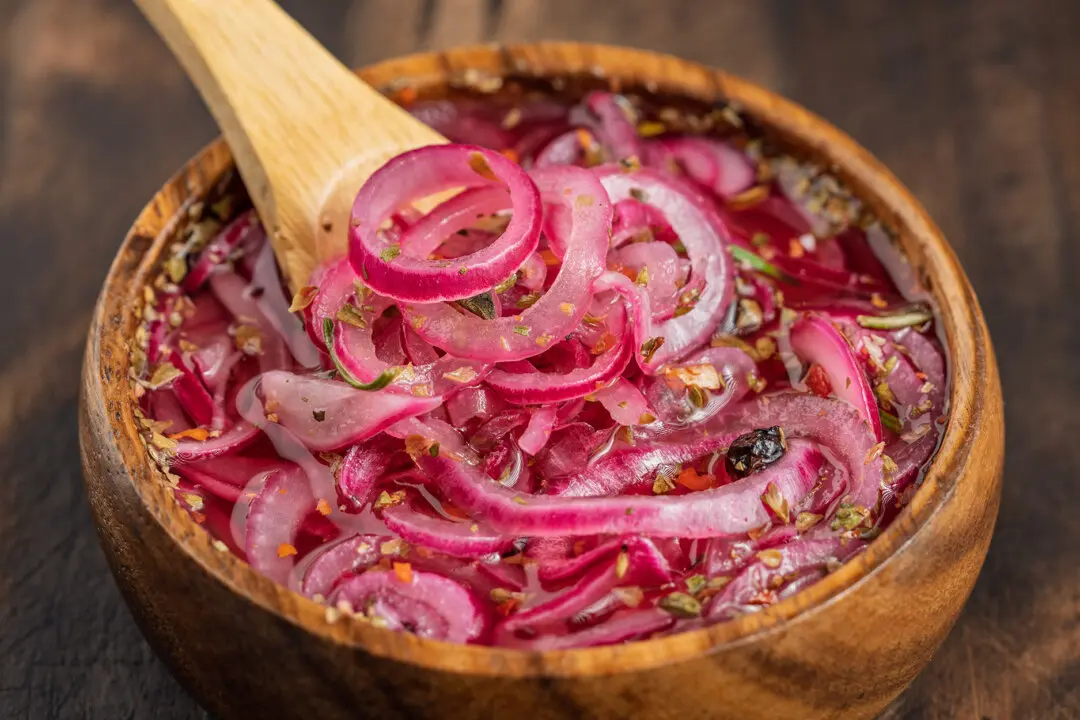Most people love a good slice of soft white sandwich bread, which is commonly sold in a plastic sleeve at the grocery store. But you can make this bread very easily at home. And it will be better than anything you can buy at the store.
Plus, you can control exactly what goes into this bread and what doesn’t—such as dough conditioners and preservatives.






